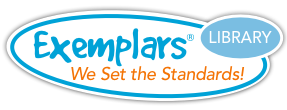The Addition and Subtraction Unit involves understanding the processes of addition and subtraction in order to solve problems and answer questions such as—
- If we put the beans in this jar with the beans in this bowl, how many beans will there be?
- If we start with this many beans and give three beans away, how many beans are there now?
- How do you know your answer makes sense?
- How did you know to add or subtract?
- What happened when you joined your numbers/separated your numbers?
- How do you know you counted correctly for a total of ten?

